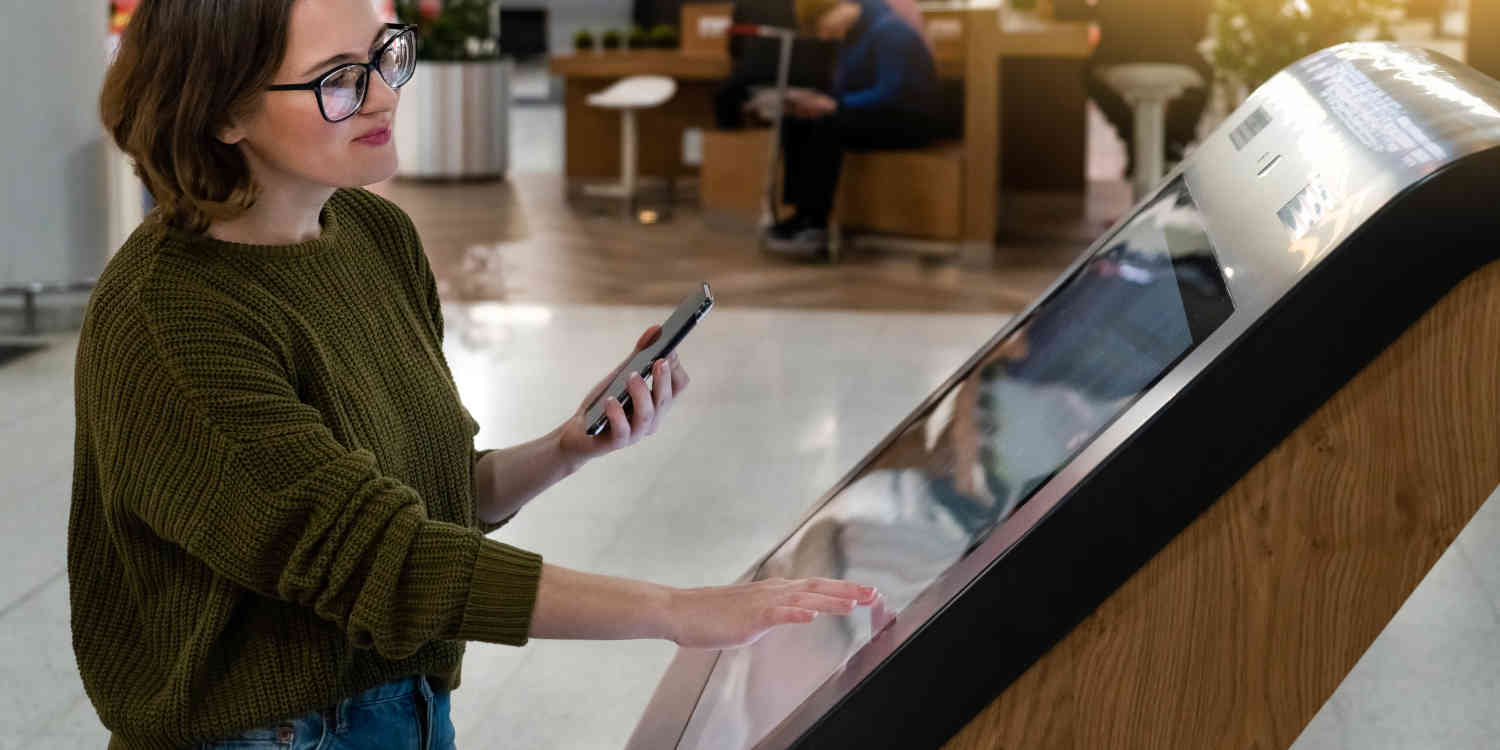
The Future of Digital Customer Experience
The pandemic abruptly plunged the world into the future when digital customer experience became a necessity rather than an initiative on most companies’ to-do lists. Just about every business released statements that included “the new normal” and “unprecedented times,” which quickly became some of the most hated phrases in our lexicon.
Truthfully, a digital customer experience is the new normal. Even though we were on a path towards digital transformation, according to McKinsey, the pandemic accelerated digital adoption by as much as 7 years. What this ultimately means is that we are living the future of customer experience right now.
However, because the world is constantly changing, your customer experience must continually evolve with it so that you can continue to meet their needs and expectations.
What is Digital Customer Experience?
Before we can explore the future of customer experience, it’s imperative to understand what it actually means. According to HubSpot, “digital customer experience refers to the total online interactions a customer has with your brand.” So realistically, delivering an exceptional digital customer experience is about understanding your customers and solving for their needs.
This ultimately means that digital transformation is a mindset. It’s not just about technology but about priming your organization to better serve its customers, starting with making your company itself more agile. As CIO says, doing so helps you “identify and inform changes needed in underlying operating model elements such as processes, systems, and information flows.”
Even though not every interaction with your company is digital, your entire company should adopt a digital mindset focused on solving customer needs and remaining operationally efficient. Doing so ensures that you can more easily adapt to changing market conditions.
Creating A Better Digital Customer Experience
Creating a better experience for your audience starts with listening to their needs, whether through customer surveys, real-time feedback, or mining user data. Although, ultimately, you’ll want to optimize every aspect of the customer journey to better serve your audience, it’s impossible to do it all at once.
In fact, sweeping changes almost invariably lead to disaster. With this in mind, the best place to start is by adopting a product mindset or an understanding that developing the future of customer experience is an ongoing process.
A product mindset helps you identify the changes that are most likely to drive the strongest impact and solve for specific problems while minimizing time to value. From there, based on customer feedback, you can iterate and make incremental changes to improve the digital customer experience continually.
Trends in Digital Customer Experience
The future of customer experience is less about doing what everyone else is doing and more about delighting your audience. However, it’s important to be aware of current trends. Understanding trends can help you capitalize on those that make the most sense for your company. Although trends are ever changing, some that are driving the most significant impacts include:
Predictive Analytics
Digital transformation delivers more data than ever before. Predictive analytics explore that data to deliver insights into customer profiles and behaviors. As a result, you can deliver relevant content and a personalized experience. And, according to Instapage, “87% of consumers surveyed say that personally relevant branded content positively influences how they feel about a brand.” We’ll dig deeper into this below.
Feedback Loops
Customers want to be heard, and they want good service, which makes listening to your customer feedback imperative for retention and growth. Yet, according to Hubspot, “42% of companies don’t listen to their customers.” So taking the time to create and use feedback loops is a competitive advantage.
Data Silo Reduction
The future of customer service hinges on different departments having access to critical customer data. While most people don’t mind asking clarifying questions from time to time, no one wants to explain basic things over and over or put a project on hold because of slow reporting. Using digital transformation to minimize data silos creates a more collaborative environment, an increasingly agile organization, and much better customer service.
Simplified Messaging and User Interface
Simple messaging is instrumental to the future of customer experience. When you make it easy to work with your company, customers have a more positive experience with your brand. While this starts with creating clear FAQs and resources, it also means making your platform more intuitive. Additionally, images, videos, and infographics simplify your messaging and onboarding, manage expectations, and improve the customer experience.
Omnichannel Customer Experience
Ultimately, optimizing your digital customer experience should focus on consistency, regardless of whether customer interactions are digital or non-digital. An omnichannel approach means ensuring that customers have similar experiences with your brand, regardless of how they connect with you.
A Custom Digital Customer Experience
Businesses need customers. In theory, your customers know that you work with lots of other people. But they need to feel like you see them as an individual and treat them based on their needs. As a result, you must personalize the entire customer journey, including serving and retaining your existing customers.
Truthfully, personalization is the future of customer experience. But, what does personalization really mean? It’s more than ensuring each email is addressed to the correct first name. When you can evaluate customer demographics and gain insights into their behaviors, you can tap into the “what’s in it for me” factor for each customer with:
- Personalized recommendations and offers that are relevant to each customer
- Customer service that prioritizes self-service to provide your audience with quick answers
- AI-enabled chatbots that solve common customer problems or questions and escalate more complex issues to human representatives
And, of course, a personalized digital customer experience doesn’t end there.
Prioritizing a Digital-First Customer Experience
Digital customer experience isn’t the only experience people will have with your company, but it’s often the first. More importantly, it’s a growing segment of most businesses. Salesforce shares that “56% of companies expect the majority of their revenue to come from digital channels within the next three years.”
As a result, you must optimize your customer journey for digital customer experiences so that you can compete as the marketplace changes. However, you must do so incrementally to ensure success. The future of customer experience may be here, but because it’s always changing, you must play the long game. Focus on how you can continually improve the way your customers experience your brand.
3Pillar Global is a leader in digital transformation with an eye on how we can improve the future of customer experience and business practices. Contact us today to find out how we can help your company harness the power of modernization as a competitive advantage.
Special thanks to these members of FORCE, 3Pillar’s expert network, for their contributions to this article.
FORCE is 3Pillar Global’s Thought Leadership Team comprised of technologists and industry experts offering their knowledge on important trends and topics in digital product development.
Recent blog posts

Stay in Touch
Keep your competitive edge – subscribe to our newsletter for updates on emerging software engineering, data and AI, and cloud technology trends.

 Samantha Stadnik
Samantha Stadnik

